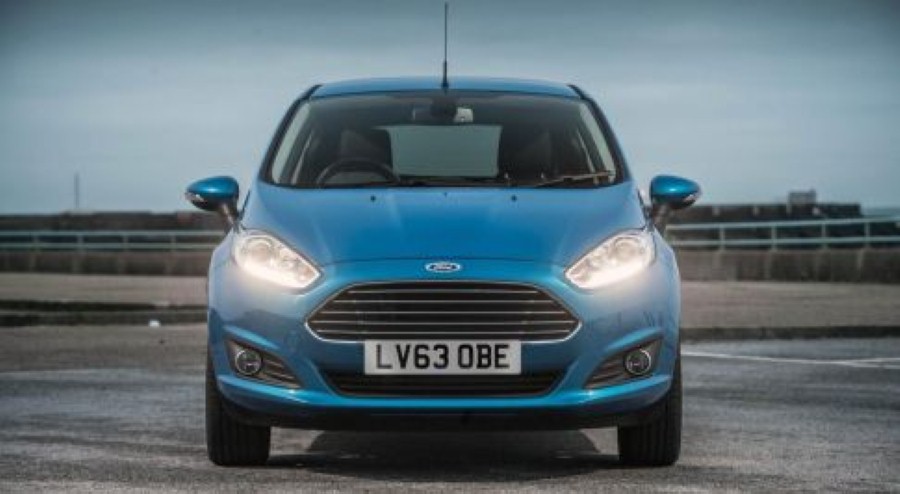The self-driving car may have originated in the wildest dream of some long-forgotten science fiction author, but modern motoring innovations continue to move the idea from the realms of fantasy and closer to reality.
Gadgets such as lane assist and parking sensors are now commonplace on many new car deals and the authoritative nature of the sat-nav has seen many motorists blindly follow its robotic advice only to drive up a dead-end, across a field or even into the sea.
But what about a totally self-driven car, rather than one which is just full of useful or not-so-useful driver aids.
Imagine what that may entail. Many people conjure up an image of them sat in the back seat answering some emails or reading a book while their car navigates the roads and takes them home from work after a stressful day, but that is only the start of the potential of the self-driving car.
What if your motor could go to the supermarket for you and collect goods that you had ordered online? Or pick up the kids from school? You would not need to worry about safety, as there is no longer any chance of human error causing a road traffic accident, it will simply be a world of millions of cars calmly keeping a set distance from one another and following predefined routes.
It may all seem a bit far-fetched and this rise of the machines scenario may not sit well with many people – especially those who enjoy the thrill of driving – but how possible is such a future?
Well, many of the major car manufacturers are already working on the technology and Volvo are ready to run a real-word test of 100 self-driving cars in Gothenburg in 2017. The ‘Drive Me’ project is a joint initiative between the Swedish Transportation Administration, the Swedish Transport Agency, Lindholmen Science Park and Gothenburg local government and all cars will be used on typical commuter arteries, including motorways and roads that see frequent traffic jams.
“Our aim is for the car to be able to handle all possible traffic scenarios by itself, including leaving the traffic flow and finding a safe ‘harbour’ if the driver for any reason is unable to regain control,” said Erik Coelingh, technical specialist at Volvo Car Group.
Earlier this winter, Ford unveiled its latest development – a car that parked itself and automatically avoided pedestrians. Although the self-driven prototype will not be going into production anytime soon, the obstacle avoidance technology is certainly going to be adapted into the company's next releases and the Fully Assisted Parking Aid will even give drivers the option of getting out of the car and standing back and admiring while it parks itself.
It will use a collection of ultrasonic sensors spread around the exterior of the car and the computer brain of the vehicle can even identify suitable parallel, perpendicular, or diagonal spots in which to park up.
This will certainly bring an end to cruising through a busy street looking for a big-enough parking space, but that may only be the beginning of the benefits of the self-driving car.
Posted by Emma Grange
